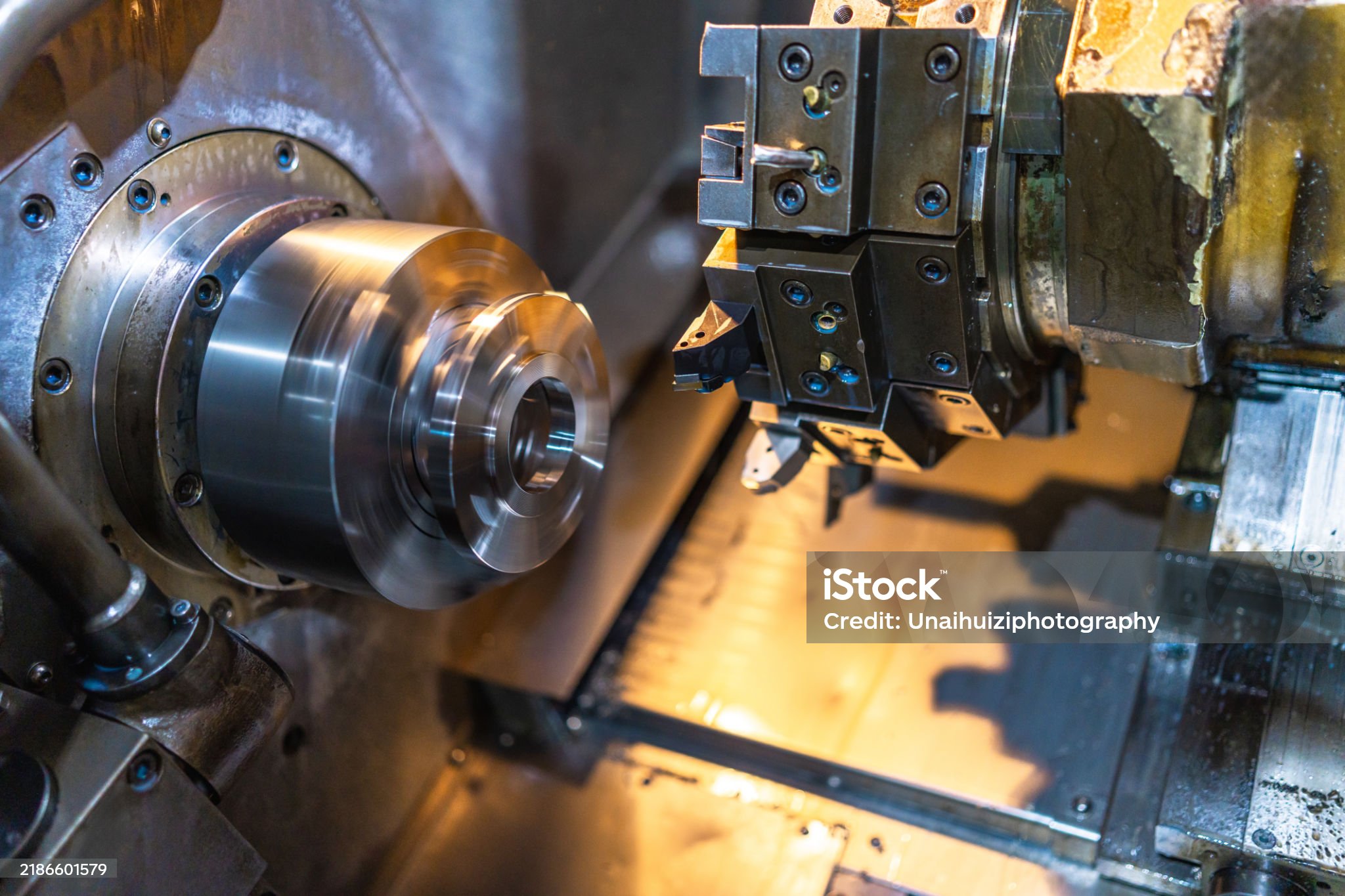MACHINERY DIRECTIVE 2006/42/EC
The Machinery Directive is a European Union directive concerning machinery and certain parts of machinery: mandatory specifications in health and safety are combined with voluntary harmonized standards. The Machinery Directive applies to machinery as well as interchangeable equipment, safety components, lifting accessories, chains/ropes/webbing, removable mechanical transmission devices, and partly completed machinery.
Directive 2006/42/EC is all about safety. It provides the requirements that products must comply with. The potential for the machinery to create hazardous situations must be minimized, or - even better - eliminated. It also lays out the procedures to assess conformity.
CE Marking Directives, Regulations, and Standards.

Why did the European Union adopt a regulation for machinery?
The aim of the Machinery Directive is to harmonize essential health and safety requirements for machinery between all member states of the European Union. Common rules allow for the removal of trade restrictions, and the free movement of machinery within the EU market. At the same time, the requirements guarantee a high level of protection for European workers and European citizens. Safe machinery and fair competition, that's the purpose.
Which products are covered by the Machinery Directive?
The directive applies to the following types of products:- Machinery
- Interchangeable equipment
- Safety components
- Lifting accessories
- Removable mechanical transmission devices
- Ropes, webbing, and chains
- Partly completed machinery
Let's look into each of these in more detail:
- Machinery: An assembly of linked parts or components of which at least one moves, joined together for a specific application, fitted with a drive system other than directly applied human or animal effort. Example: conveyor belts.
- Interchangeable equipment: A device that, after the machinery or tractor is put into service, is assembled with that machinery by the operator to change its function.
- Safety components: A component that serves to fulfill a safety function, independently placed on the market, which endangers safety if it malfunctions.
- Lifting accessory: A component or equipment that allows the load to be held, placed between the machinery and the load.
- Chains, ropes, and webbing: For lifting purposes as part of lifting machinery or accessories.
- Removable mechanical transmission devices: A removable component for transmitting power between machinery and another machine.
- Partly completed machinery: An assembly that is almost machinery but cannot perform a specific application independently. It is intended to be incorporated into other machinery.
Which products are exempted from the Machinery Directive?
Some types of machinery and equipment are exempted from Directive 2006/42/EC, as they are covered by other EU regulations. These include:
- Equipment used in fairgrounds or amusement parks.
- Weapons, including firearms.
- Means of transport (motor vehicles, trailers, etc.).
- Military and police machinery.
- Research machinery for temporary lab use.
- High-voltage equipment (switches, transformers).
- Safety components as spare parts.
- Machinery for nuclear purposes.
- Electrical and electronic equipment (office machinery, household appliances).
Who is responsible for compliance with the Machinery Directive?
The following parties are responsible for ensuring compliance with the Machinery Directive:
- Machine builders.
- Assemblers of machine parts or installations.
- Manufacturers of special-purpose tools, skids, and rigs.
- Machinery importers located in the EU.
- Distributors or dealers buying from EU-based manufacturers.
How to comply with the Machinery Directive (2006/42/EC)?
The compliance process includes the following steps:
- Determine applicable health and safety requirements from the directive and harmonized standards.
- Perform a conformity assessment to ensure the product satisfies the applicable requirements.
- Compile a Technical File documenting compliance.
- Draw up an EU Declaration of Conformity and ensure it accompanies the product.
- Affix the CE marking to the product.
- Ensure the machinery remains in compliance even after modifications or regulation changes.
What if the machinery does not comply?
If machinery does not comply with the Machinery Directive or other applicable EU regulations, it cannot be placed on the market. Market surveillance authorities of the EU Member States will enforce compliance and may take actions such as:
- Withdraw the product from the market.
- Prohibit placing the machinery on the market.
- Restrict the movement of non-compliant machinery.
If non-compliant machinery is discovered, Member States will inform the European Commission and other Member States about the actions taken.
Do you need CE marking for machinery?
If you are placing machinery or related products on the EU market, they may need to comply with CE rules. The process can be complex, but our team is here to assist with consulting and coaching tailored to your needs.
Contact us at dymer.global@gmail.com or call +91 9518903685.
